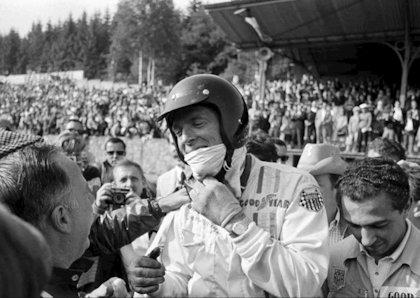Black Jack Brabham: In A Class Of His Own
Motorsport has always attracted giants and innovators, bad-asses and also-rans. Everyone recognizes names like Foyt, Gurney and Shelby. Back before sponsors demanded good behavior from their drivers, some champions would run their mouths as fast as their cars, some were flashy and cool, and others just squinted their eyes and let their right foot do all the talking. And any contender worth his sweat-soaked bandana knows that sometimes it’s the quiet ones that are the most dangerous.















